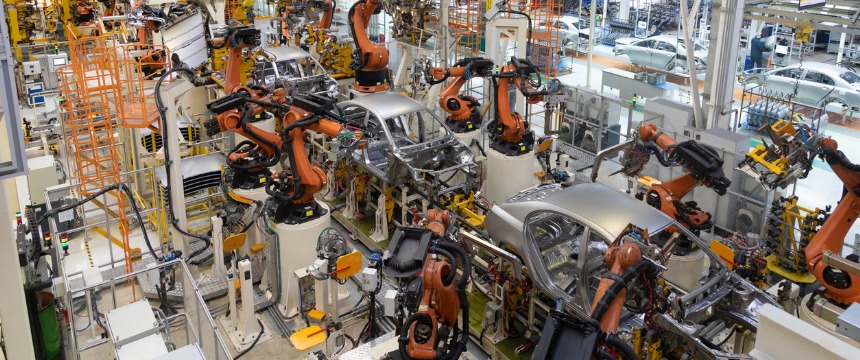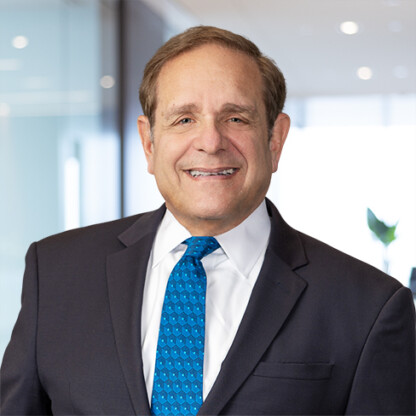What Does the Teamsters/UPS Settlement Have to do With the Auto Industry?

The answer to that question is “lots” and it is much more than the fact UPS agreed to put air conditioning into all their new brown trucks which will undoubtedly generate higher revenue for the manufacturer.
Last week the Teamsters Union reached a tentative agreement with UPS on a new collective bargaining agreement covering roughly 340,000 employees. The settlement came just days before a possible strike at the end of July when the UPS labor agreement was set to expire. A strike by the UPS Teamsters members would have had a serious negative impact on the US economy and particularly on any company involved in the package delivery business (Did someone say “Amazon”?). A strike in the auto industry would also have a significant negative impact on the US economy. It has been widely reported that General Motors lost as much as $4 billion from the 40-day strike that occurred during the last negotiations in 2019.
There are many similarities between the issues resolved in the Teamsters/UPS negotiations, and those present in the recently commenced negotiations between the United Auto Workers Union (“UAW”) and General Motors, Ford, and Stellantis (the “Big Three”).
Both the Teamsters and the UAW have newly installed leaders who are trying to break with their predecessors at least verbally. Both Teamsters General President Sean O’Brien and UAW President Shawn Fain have taken a far more aggressive posture with their employer counterparts. Evidence of this was seen when, at the commencement of the auto industry negotiations, UAW President Fain refused to engage in the traditional opening session handshake with his Big Three counterparts.
Both UPS and at least General Motors in the auto industry, are very profitable which their respective unions want to tap into. Advancements in technology are also a shared concern. In the auto industry, the conversion to electronic vehicles (“EV”) will have a likely negative impact on the number of employees needed going forward, since EVs have far fewer parts. The UAW is actively seeking to expand its coverage into batteries and other UV parts manufacturing plants owned in whole or in part by the Big Three.
It is clear to the Teamsters Union, engaged brinksmanship with the threat of a strike to gain what is a worker-favorable package. While the full details of the UPS settlement have not been released publicly, it has been widely reported that the previous two-tiered wage system where newly hired employees are put into a lower paid wage scale than legacy employees, has been eliminated. In pre-negotiation statements, the UAW has made it clear they will seek to eliminate two-tiered systems in the auto in the auto industry where workers in the lower tier earn as much as 25% less. The UPS settlement will increase wages significantly – $7.50 per hour over the course of the five-year agreement. The top rate of pay for a full-time UPS worker would become $49 per hour. Undoubtedly the UAW will be expecting to receive similar levels of wage increases.
What role the federal government played in the UPS negotiations is not clear. With the auto industry negotiations, we can expect at least some behind-the-scenes involvement. The auto industry negotiations come as the 2024 Presidential campaign is firing up. President Joe Biden regularly touts himself as “the most pro-union president ever”. The UAW has withheld endorsing President Biden’s reelection, and presumably, using that as a carrot to persuade him to use the federal government to their benefit by attempting to put pressure on the Big Three leadership to accede to the Union’s demands.
With so many issues at play and high economic stakes, automotive suppliers and industry participants should not expect any settlement significantly before the September 14 contract expiration date. This will keep everyone on the edge of their seats for what are likely very rough seas ahead.
